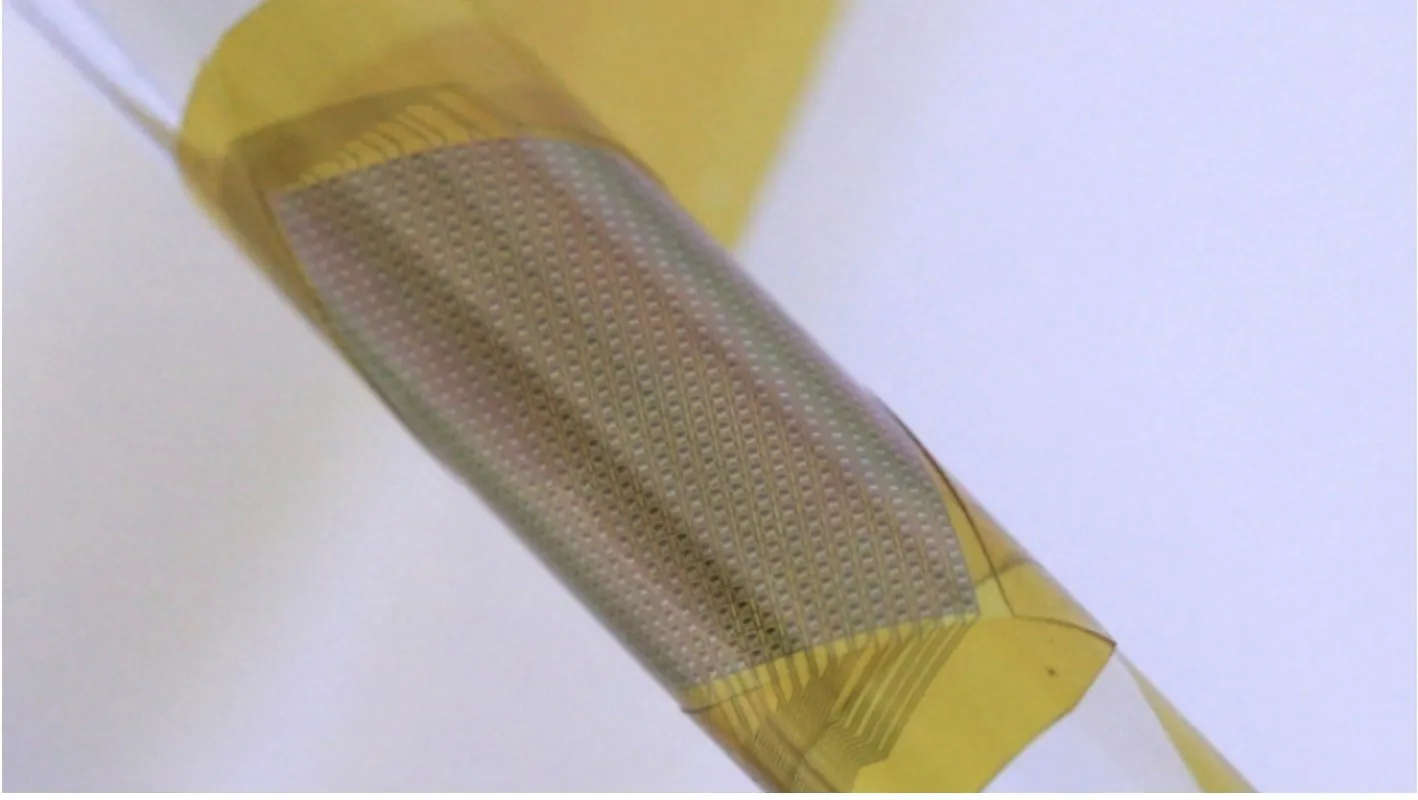Brain Machine Interface
Researchers Demonstrate Flexible Brain Interfaces

A new project led by a team of researchers has demonstrated how an ultrathin, flexible neural interface can be implanted into the brain. The interface consists of thousands of electrodes and can last over six years.
The results were published last month in the journal Science Translational Medicine. The team of researchers includes Jonathan Viventi, an assistant professor of biomedical engineering at Duke University; John Rogers, the Louis Simpson and Kimberly Querrey Professor of Materials Science and Engineering, Biomedical Engineering and Neurological Surgery at Northwestern University; and Bijan Pesaran, a professor of neural science at NYU.
Challenges Surrounding Sensors in the Brain
Viventi spoke about the difficulty of getting sensors to work in the brain.
“Trying to get these sensors to work in the brain is like tossing your foldable, flexible smartphone in the ocean and expecting it to work for 70 years,” said Viventi. “Except we're making devices that are much thinner and much more flexible than the phones currently on the market. That's the challenge.”
There are many difficult challenges when it comes to introducing foreign objects into the brain. They have to be able to exist in a corrosive, salty environment, and surrounding tissues and the immune system attacks the object.
The difficulty is increased even more when talking about electrical devices. Most long-term implantable devices are hermetically sealed with laser-welded titanium casings.
“Building water-tight, bulk enclosures for such types of implants represents one level of engineering challenge,” Rogers said. “We're reporting here the successful development of materials that provide similar levels of isolation, but with thin, flexible membranes that are one hundred times thinner than a sheet of paper.”
Because of the layout of the human brain, space and flexibility are extremely important. The human brain consists of tens of billions of neurons, but existing neural interfaces can only sample around a hundred sites. This specific challenge has led the team of researchers to develop new approaches.
“You need to move the electronics to the sensors themselves and develop local intelligence that can handle multiple incoming signals,” said Viventi. “This is how digital cameras work. You can have tens of millions of pixels without tens of millions of wires because many pixels share the same data channels.”
The researchers were able to come up with flexible neural devices that are 25 micrometers thick, consisting of 360 electrodes.
“We tried a bunch of strategies before. Depositing polymers as thin as is required resulted in defects that caused them to fail, and thicker polymers didn't have the flexibility that was required,” said Viventi. “But we finally found a strategy that outlasts them all and have now made it work in the brain.”
Layer of Silicon Dioxide
The paper demonstrates how a layer of silicon dioxide less than a micrometer thick, which is thermally grown, can help tame the environment within the brain. The rate of degradation is 0.46 nanometers per day, but the small amounts can dissolve into the body without creating any problems.
The researchers also demonstrated how the electrodes within the device can use capacitive sensing to detect neural activity.
The new developments are just one of the beginning steps to furthering this technology. The team is now working on increasing the prototype from 1,000 electrodes to over 65,000.
“One of our goals is to create a new type of visual prosthetic that interacts directly with the brain that can restore at least some sight capacity for people with damaged optic nerves,” said Viventi. “But we can also use these types of devices to control other types of prosthetics or in a wide range of neuroscience research projects.”














